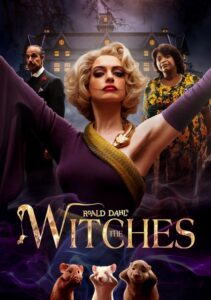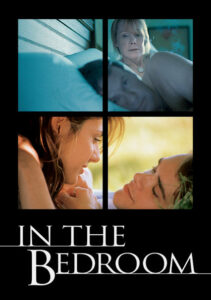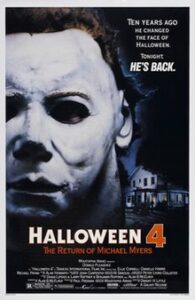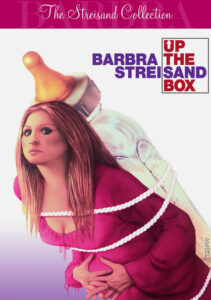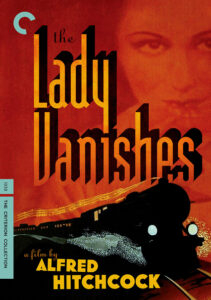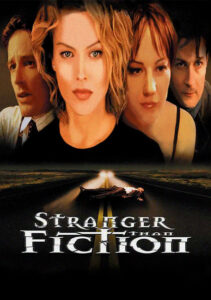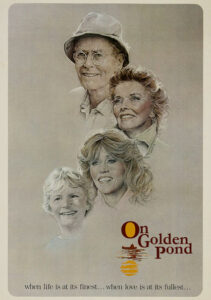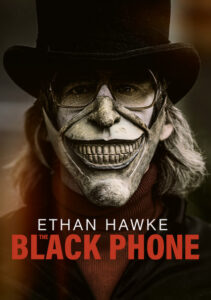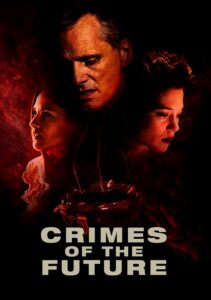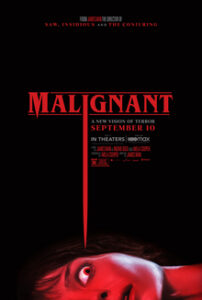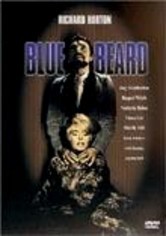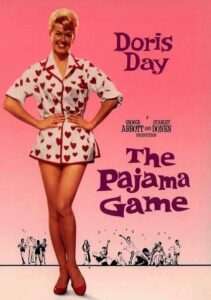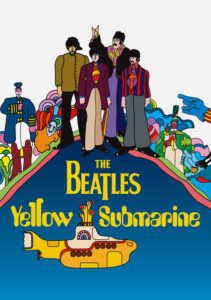The Witches-2020
Director Robert Zemeckis
Starring Anne Hathaway, Octavia Spencer
Scott’s Review #1,314
Reviewed November 16, 2022
Grade: B
A remake of the 1990 film starring Anjelica Huston, The Witches (2020) sometimes delivers the goods and occasionally derails off the tracks into campy, over-the-top, wackadoo.
Mostly, on the part of the star Anne Hathaway, who plays an evil and powerful witch.
But, regardless of what this adult thinks, it will please, surprise, and fascinate youngsters who see it. There’s a comforting and vital message of friendship and family roots ingrained in the story, which is a nice touch.
In 1968, seven-year-old orphan Charlie Hansen (Jahzir Bruno) travels from Chicago to Alabama to live with his grandmother, Agatha (Octavia Spencer), after his parents are killed in a car accident.
After a dastardly witch approaches him in a grocery store, they flee to a seaside resort to avoid the child-hating witches. Agatha has a troubled past with the witches who long ago turned her best friend into a chicken.
When the two arrive at their hotel, they find a coven with villainous plans. They are accompanied by a mouse named Daisy and an English boy named Bruno (Codie-Lei Eastick).
I much prefer the first half of The Witches to the last.
The wonderful and caring relationship between Agatha and Charlie is a beautiful dynamic. When she envelops him with love and southern cooking in her cozy home, understanding the trauma he has endured, it is heartwarming and genuine.
Spencer is terrific in any role she plays, of course, but her calm and stoic demeanor when paired against the witches is lovely. She is prepared for trouble and sneaks to a back room where she keeps crystals and other anti-witch weaponry.
But the relationship with the little boy is darling and top-notch. I wish they would have just stayed at home and nurtured their relationship with Daisy and Bruno.
The weakest section of the film involves the witches themselves. As they flock to the hotel for a convention to plot the destruction of children everywhere, they appear more silly than scary, especially when they remove their wigs and reveal bald, scabby heads.
Director Robert Zemeckis must have given Hathaway free rein to ham it up because she certainly does just that.
I’m a fan of hers, so it’s not a personal knock, but she teeters toward ridiculous pretty quickly. I understand the need to make a children’s film villain colorful, memorable, and loud, but there is no restraint, which causes the character to feel more silly than terrifying.
On the plus side, Hathaway must have had a ball letting loose and leaving all constraints on the sidelines.
Inevitably, the kids are changed into cute mice and must convince their loved ones that they are themselves while figuring out how to change back to human children.
Not much has changed from the 1990 version, except for a few tweaks here and there, and the story remains the same. However, I prefer the original by a hair.
Huston beats Hathaway in a comparison.
Some inconsistencies emerge, such as how Agatha can afford to stay in a grand hotel. She knows someone connected to the hotel, but the who’s and why’s aren’t clear.
It’s never explained what happened to Agatha’s friend who wound up as a chicken, and I wanted more from Stanley Tucci than an uninteresting hotel manager role with little to do.
However, the action sequences are adventurous and energetic, and it’s fun cheering as the Grand High Witch (Hathaway) is transformed into a rat.
I wanted more of the homespun love between Agatha and Charlie, as well as the simple Southern town that felt so lovely and welcoming. Still, The Witches (2020) provides family-friendly entertainment that many can enjoy.
